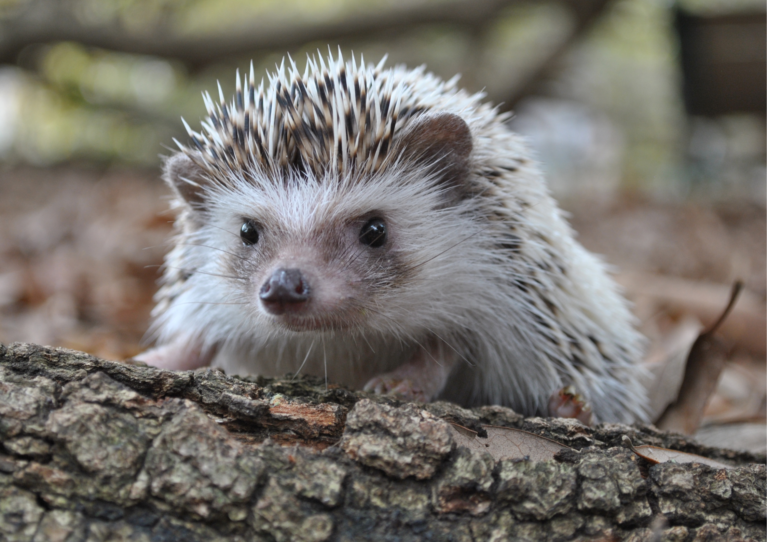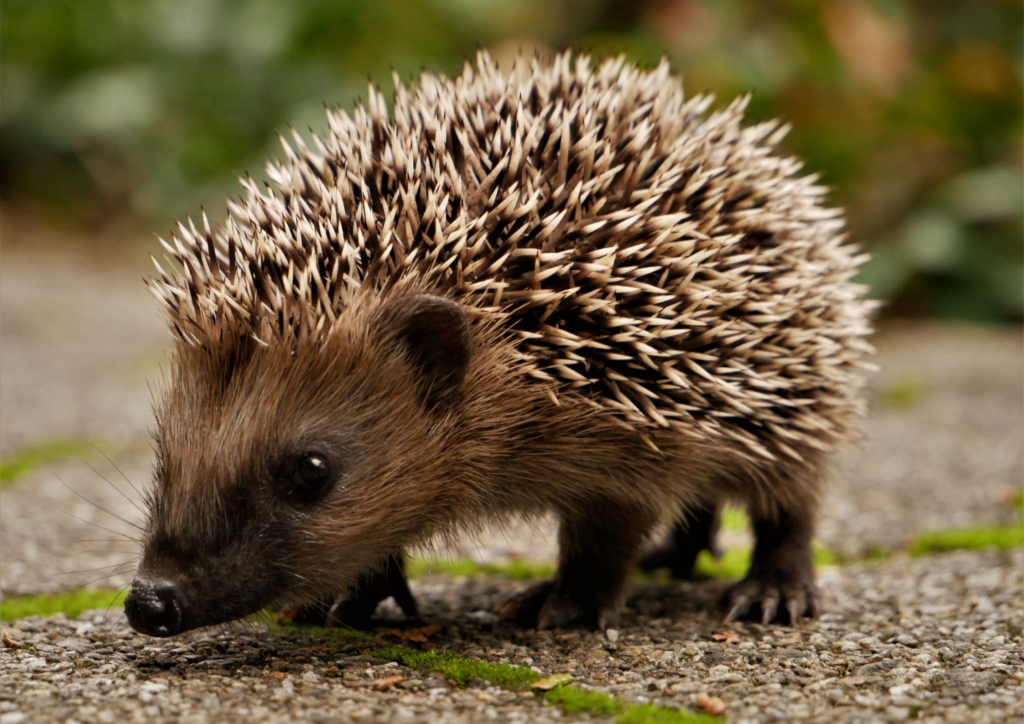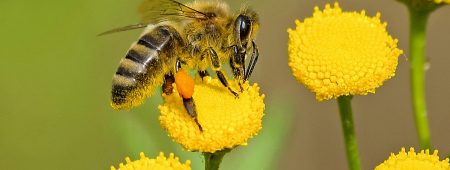Do you know what role the hedgehog plays in the ecosystem?
A childhood conundrum, but also a conundrum for many adults: "Where does the hedgehog stomp to at night?", will be explained by us today. These stomping, friendly little creatures, contrary to the drawings we all know, do not wear their spiny, colourful apples on their spines. Hedgehogs are predators that go hunting at night.
A childhood conundrum, but also a conundrum for many adults: "Where does the hedgehog stomp to at night?", will be explained by us today. These stomping, friendly little creatures, contrary to the drawings we all know, do not wear their spiny, colourful apples on their spines. Hedgehogs are predators that go hunting at night.
On a single night hike, hedgehogs can walk more than 2 kilometres. This distance is impressive, as their average body length ranges from 13 to 26 cm. It is also worth knowing that hedgehogs are excellent swimmers. Therefore, bodies of water do not pose a threat to them during their wanderings. Admittedly, hedgehogs are omnivorous, but insects and other invertebrates form the basis of their diet.

Did you know that.
hedgehogs have poor eyesight and see the world in shades of grey. However, this does not prevent them from searching for food during their nocturnal wanderings. They compensate for their poor eyesight with an excellently developed sense of hearing and smell.
One hedgehog eats an average of about 150 grams of food per night. Their delicacies include the already mentioned insects, larvae, earthworms, snails, crickets, lizards and frogs. Interestingly, hedgehogs as predators also eat moles, voles or mice. Their diet also includes chicks and bird eggs.
The presence of hedgehogs in our gardens is extremely useful. Thanks to them, uninvited, mound-leaving visitors or lost insects disappear from our green spaces. How do you invite a hedgehog into your garden? Create the conditions for it - if you have deciduous shrubs in your green space, there is a chance that this small friendly animal will make its own home.

Hedgehogs like places where they can hide and build their summer and winter nests. A more overgrown part of the garden will also suit them. Interestingly, these mammals like to build their lairs near the compost heap. The compost heap is an ideal place for them, as they snack on various treats from it.
They stomp here and there - where to find them
These spiny animals are extremely curious about the world and can be found in the park, on the pavement and in the forest. They romp here and there. Therefore, it also happens that they may meet a larger predator on their way. This is when hedgehogs curl up into a ball and protect their noses, bellies and paws with spikes. One small adult hedgehog has up to 7,000 spines.
On 10 November, these extremely useful, spiny animals celebrate their saintly days. What can we do for them? If only by leaving water drinkers or houses in their green spaces to give them shelter. As hedgehogs are omnivorous, they will also be delighted if you treat them to cat food.



